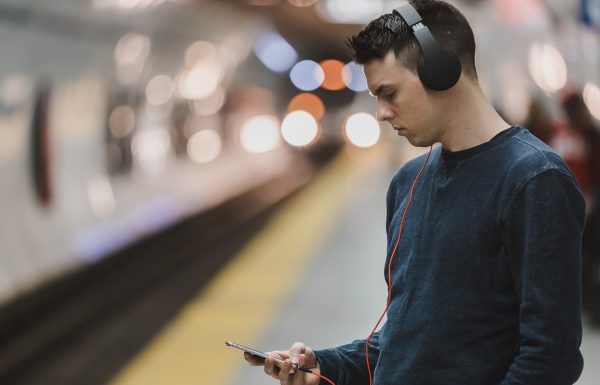The Truth About Pop-Up Retail: Uncovering Five Myths

In recent years, pop-up retail has attracted a lot of attention and generated billions in sales. This may be a significant achievement for retailers or retail brands. These pop-up myths are not to be believed. Pop-up retail is a great way to get attention and create lasting buzz in your market. Myth #1: The pop-ups are for product launches Pop-ups can be a great way to test new products or engage customers in a new way. Wayfair, an online furniture retailer, has taken note of the potential for pop-ups and plans to use them this holiday season. Wayfair has started pop-up stores in empty shopping centers. This is not to launch new sofa lines or to prepare for future physical stores. It is a way to refine their merchandising strategy, and to direct new customers to their online store. Pop-ups can be used for many purposes: they can test new products and services, generate buzz about existing products, reinvigorate or revive them, or expand your reach to new geographic or demogra




